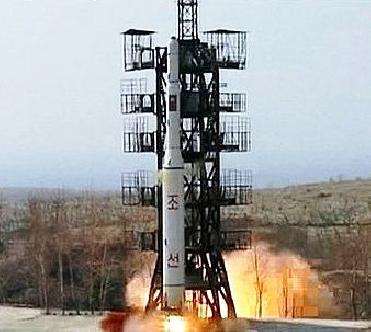
MWC 419, also known as V594 Cas, is a young, blue variable star located 2,100 light years away in the constellation Cassiopeia. Image Credit: DSS/STScI/AURUA.
WASHINGTON (BNS): For the first time astronomers using a twin 10-meter telescopes at the W. M. Keck Observatory in Hawaii have explored one of the most compact dust disks ever resolved around another star.
Scientists have measured the properties of a young solar system at distances closer to the star than Venus is from our sun.
It has thus given an unprecedented view of dust and gas that might eventually form worlds similar to Jupiter, Venus or even Earth.
"The innermost part of the disk is where the action is as this is where conditions could potentially support the development of life," said William Danchi of NASA's Goddard Space Flight Center, as per a NASA news release.
The team to achieve this feat used the Keck Interferometer, which combines the light-gathering power of both 10-meter Keck telescopes to act as an 85-meter telescope, much larger than any existing or planned telescope.
According to a press release by the W.M. Keck Observatory, researchers with the interferometer and the increased ability to observe fine detail, measured temperatures in the planet-forming disk to within about 50 million miles of the star.
For comparison, the planets directly detected around the stars HR 8799, Fomalhaut and GJ 758 orbit between 40 and 100 times farther away. The interferometry results were then taken in near-infrared light.
“This unique infrared capability adds a new dimension to the Keck Interferometer in probing the density and temperature of planet-forming regions around young stars. This wavelength region is relatively unexplored,” said astronomer Sam Ragland of Keck Observatory.
The astronomers are currently using the Interferometer in their more advanced searches relating to planet forming disks around the stars.
NASA is funding the Keck Interferometer and it is developed by the Keck Observatory, the Jet Propulsion Laboratory (California Institute of Technology) and the NASA Exoplanet Science Institute (California Institute of Technology).
 Previous Article
Previous Article Next Article
Next Article














The Indian Air Force, in its flight trials evaluation report submitted before the Defence Ministry l..
view articleAn insight into the Medium Multi-Role Combat Aircraft competition...
view articleSky enthusiasts can now spot the International Space Station (ISS) commanded by Indian-American astr..
view article